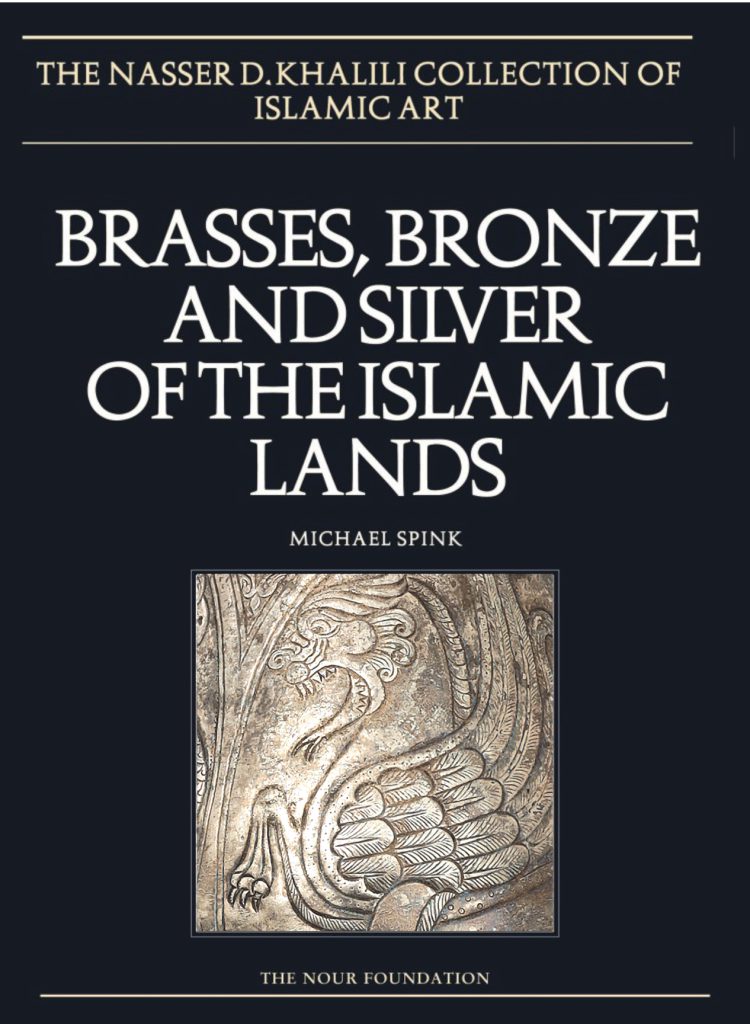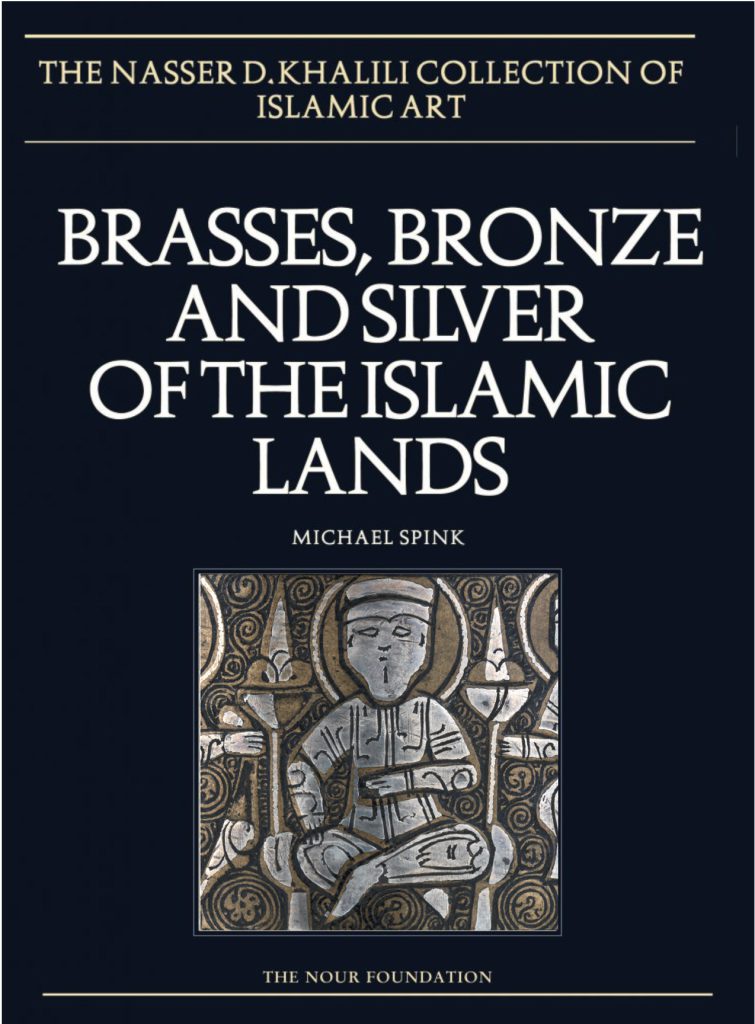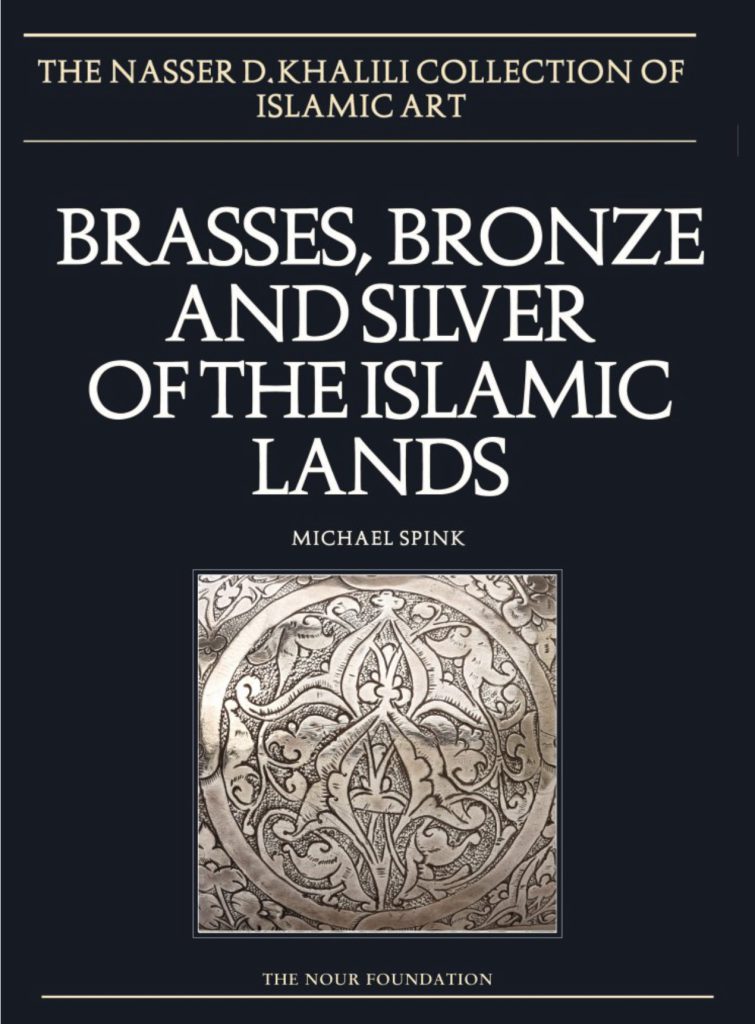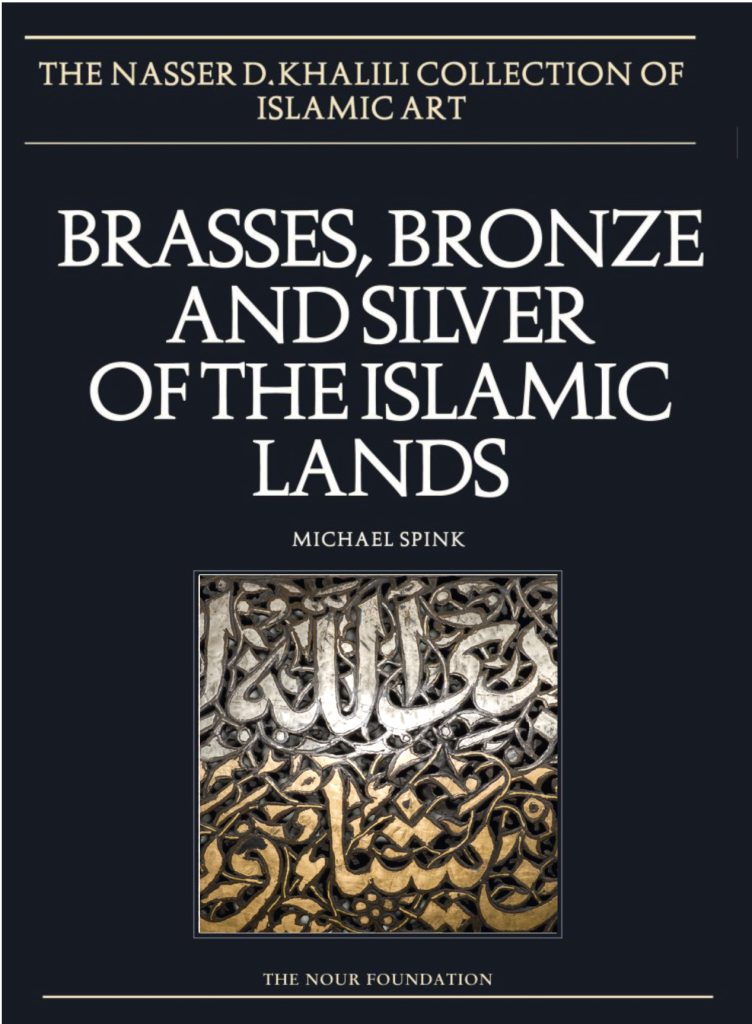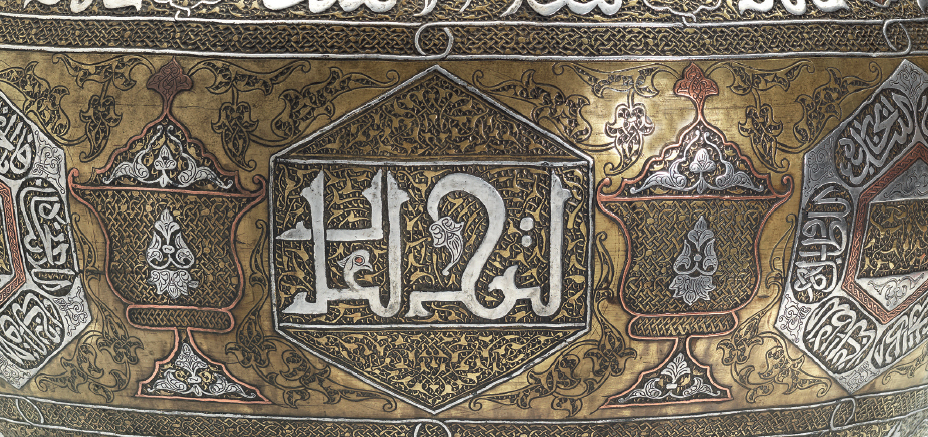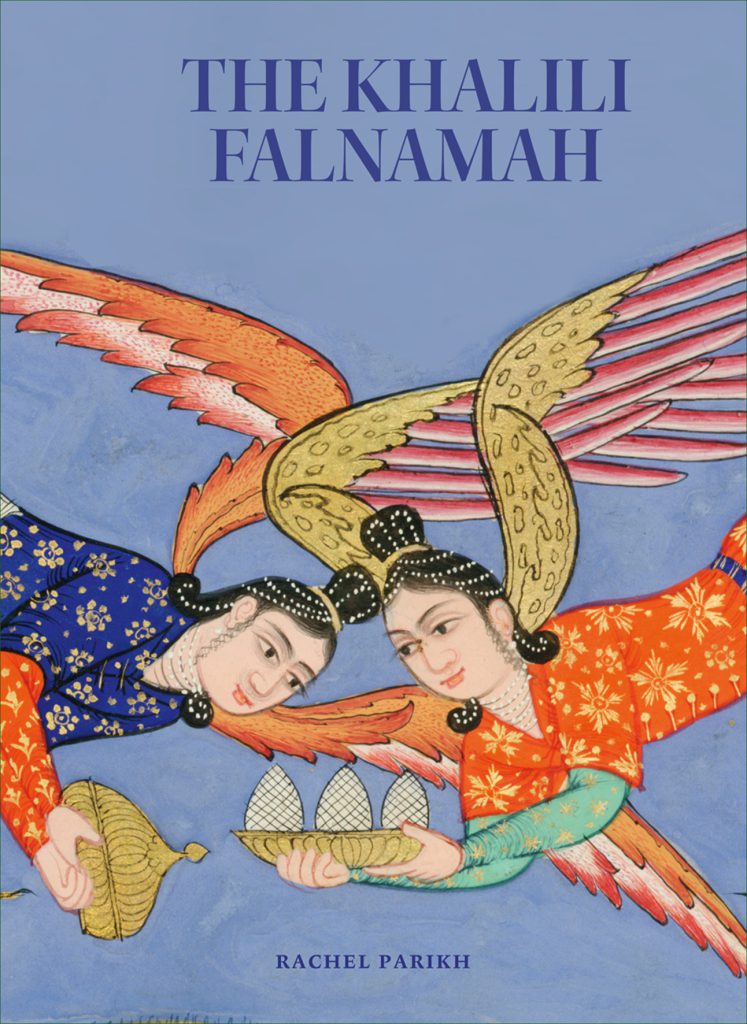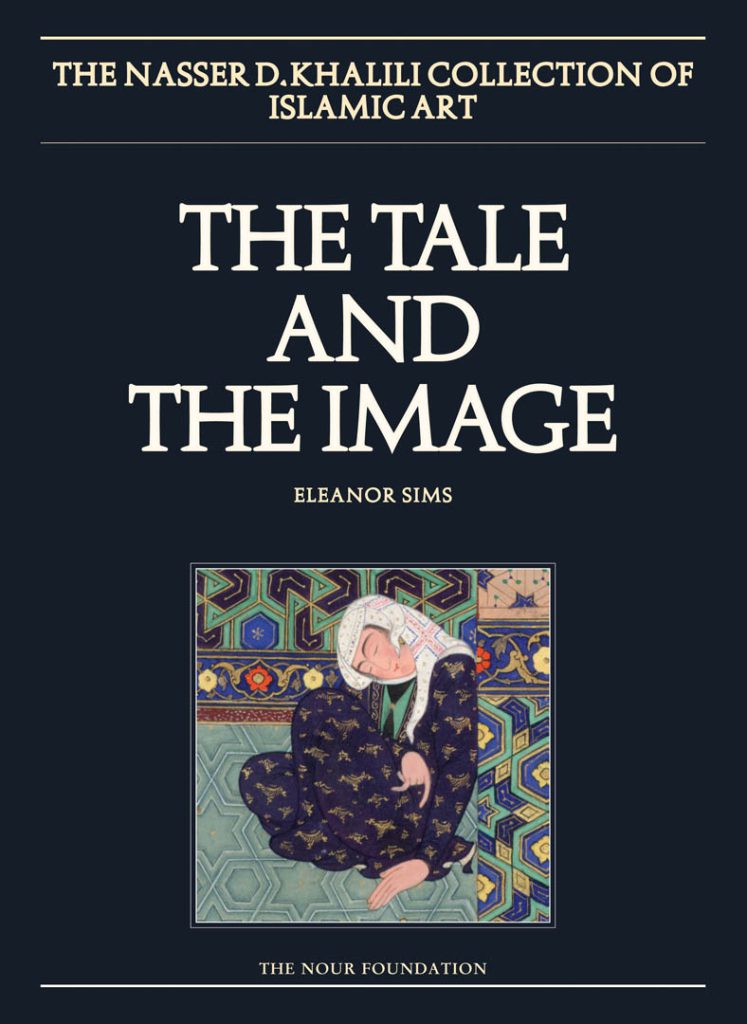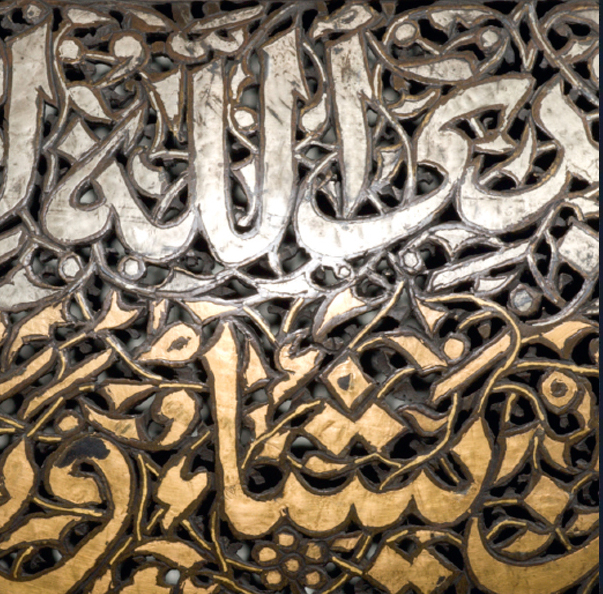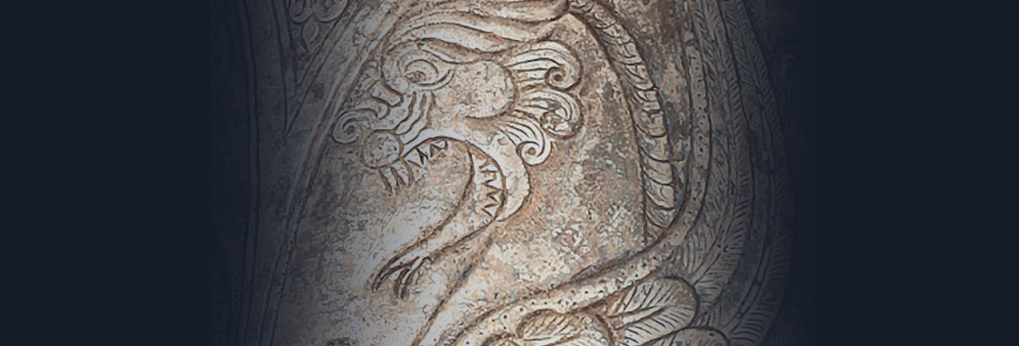


Volume XI (in four parts)
Brasses, Bronze and Silver of the Islamic Lands
The metalwork holdings in the Khalili Collection are wide ranging and diverse, dating from the 7th century to the 20th century, and covering most of the Islamic world, from the Mediterranean to Brunei, and from Egypt to Central Asia. The Collection includes a significant number of important, signed or dated pieces. With some 900 entries, this four-part volume considers almost every type of vessel encountered in Islamic metalwork. The pieces are grouped according to their form and function and categories include vessels used for ablutions, food, drink, lighting and furniture. The large number of objects has also allowed for a detailed discussion of variations and developments within object types such oil lamps, mortars, jugs and ewers. The catalogue is accompanied by a number of introductory essays examining the principal periods into which the volume has been divided. Other essays consider the importance of silver within the study of Islamic metalwork in the pre-Mongol period; the range of animal forms found in metal in the medieval period; the significance of astrological imagery; and metalwork from the Mamluk and post-Mamluk revival periods. Finally, the technology of Islamic metalwork is examined in detail, with a discussion of medieval literary sources, and an examination of metals and their alloys, their sources and methods of manufacture.
Volume XXV
The Tale and the Image.
Volume One. History and epic paintings from Iran and Turkey
This volume is devoted to the Collection’s illustrated manuscripts and detached folios with historical and heroic epic subjects. Produced in Iran, India and Turkey, they date from the early 14th to the 20th centuries; many are of major artistic importance. A number of folios in the Collection come from manuscripts of Firdawsi’s Shāhnāmah. Among them are a single folio from the Ilkhanid ‘Great Mongol’ Shāhnāmah and 10 from the Shāhnāmah executed for Shah Tahmasp. Complete illustrated manuscripts of Firdawsi’s epic include a splendid copy, with 62 paintings, dated AH 1011 (AD 1602). The Collection also has illustrated folios from several dispersed but significant works of universal and dynastic history, including two from the earliest surviving illustrated copy of the Ẓafarnāmah of Sharaf al-Din Yazdi. One especially important painting is a later 15th-century vision of the Prophet Muhammad and his companions in the company of Moses and the Virgin and Child.
The entries on 93 manuscripts and detached folios are accompanied by essays, including one reconstructing the Safavid Tārīkh-i Jahān-gushā-yi Khāqān-i Ṣāḥib-Qirān and its illustrations; on early copies of the Shāhnāmah; on Shāhnāmahs illustrated by Mu‛in Musavvir; and on two complete copies once in the Mughal royal library.
THE KHALILI Fālnāmah
The Khalili Collection owns the only known surviving illustrated Fālnāmah (‘Book of Omens’) from South Asia. Originally commissioned under the reign of Safavid ruler Shah Tahmasp (r. 1525–1576) in the mid-16 century, the Fālnāmah is the only illustrated Islamic manuscript solely dedicated to the subject of divination. The images, derived from, and inspired by, sacred and secular sources, were used to cast horoscopes to interpret one’s future. The accompanying text to each illustration explained it as a prognostication, based on societal as well as personal concerns, discussing, for example, the possibility of travel, moving into a new house or to a new location, business partnership, trading, marriage, and the fate of absent friends and relatives. Five copies of the Fālnāmah survive, including the Khalili manuscript, which was produced in Golconda in the early 17th century under the QutbShahi dynasty (1518– 1657). While the Khalili manuscript bears some similarities to the original Tahmasp volume, the majority of its content is distinct to it. In In this volume, Dr Rachel Parikh first traces the origins of the Fālnāmah, surveys the ‘Book of Omens’ as a genre, and examines the circumstances and context of the creation of the Khalili manuscript in Golconda. These are followed by an in-depth look at the manuscript, including a codicological study; analysis of the 37 illustrations focusing on their sources and iconographies; an interpretation and translation of the text; and finally, a facsimile of the whole manuscript.
For wholesale inquiries please contact John Rule Art Book Distribution at johnrule@johnrule.co.uk
Copies can be purchased from all reputable retailers, such as Amazon, Waterstones and Blackwell’s

